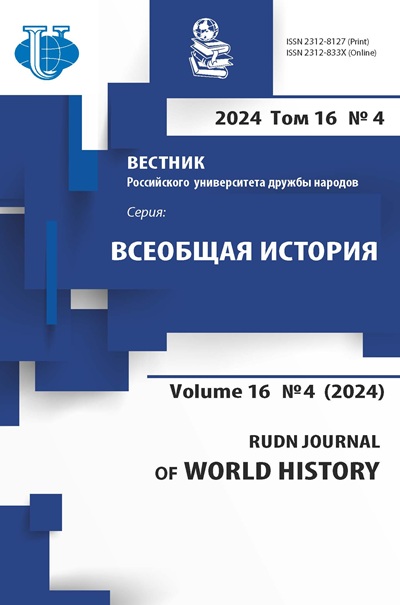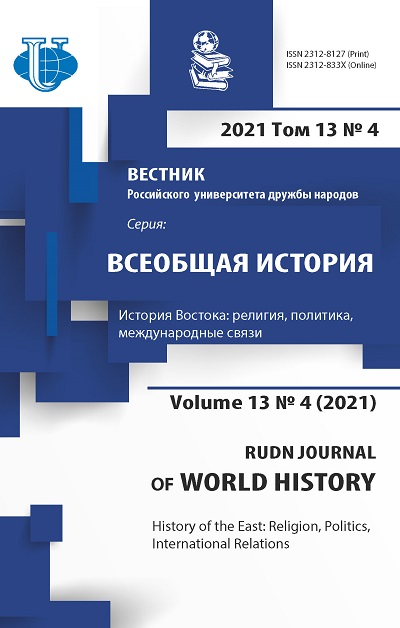Abstract
In 1541 the Oirats managed to form the Middle Confederation, which was led by the Khoshuts as the most powerful people. In the second half of the same XVI century the Oirats, suffering from attacks of their neighbors - the Turkic peoples from the west and south and the eastern Mongols from the east, began to move towards southern Siberia. Earlier they used to roam along the Black Irtysh river and north of the lake Zaysan, but now they began to move below the lake Yamysh. Opinions on the migration routes of the Oirats, existing in the literature, need clarification. The author offers his vision based on the archival materials and the Mongolian sources: the Hoyt Oirats, driven out of Kharakhoto by the Tumat Altan Khan, were the first to go towards the Altai Mountains. The next were the Torgut Oirats, who crossed the Altai, and then, together with the Derbets, they moved down the Irtysh river. The Elelets, the future Dzungars, left Western Mongolia for the Yenisei river sources. Already in the second decade of the 17th century the Oirats wandered along Om’, Kamyshlov, Tobol and Ishim rivers, that is, they were roaming along the middle reaches of the Irtysh river. In 1623, at lake Yamysh, they defeated the troops of the Hotogoit Altyn Khan Sholoi Ubashi-Khuntaiji, but this victory did not exclude an internal struggle in the ruling house of the Khoshuts, which resulted in weakening of this people. Further civil strife forced the Torguts to move towards west, and in the early 1630s they reached the Volga river. Migrations over such long distances were possible only if there was an effective management apparatus, while maintaining traditions and identity.













